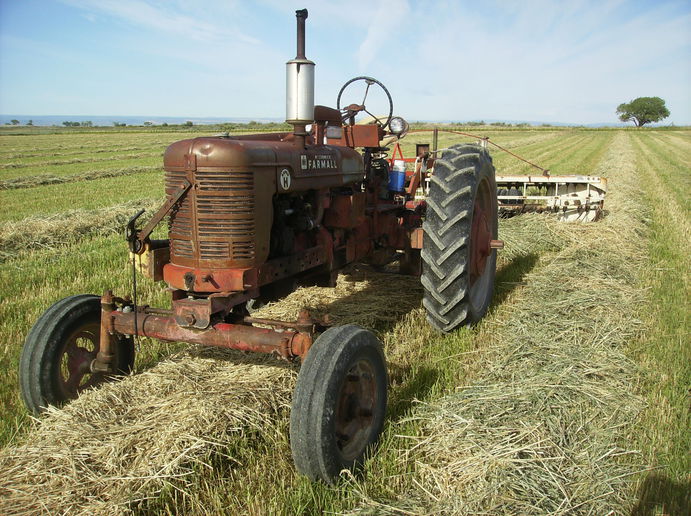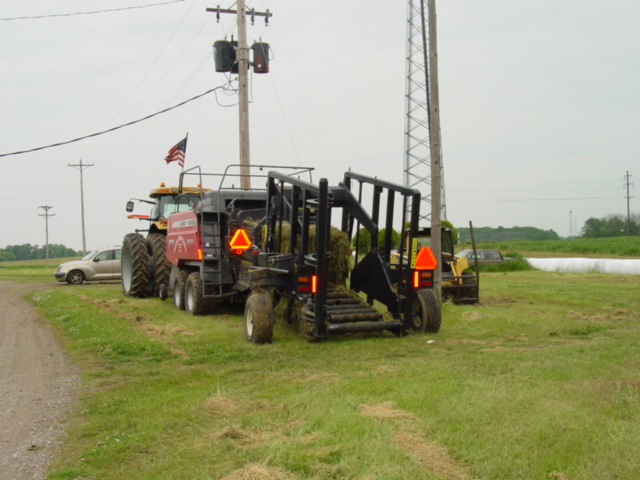Al Baker(pumpman)
Member
After reading the topic of making hay with a narrow front tractor I started to rethink this subject. I have been thinking about a 4010 trike for helping out in hay season. Always wanted a 4010. I now use 2 4020s, one is set up for 30 inch rows. I used to cut all of my hay with this tractor. Unless you make a very narrow windrow you are running over the edges of the windrow with not only the front tires, but also the rear. Seams like a narrow front driving on the windrow wouldn't do anymore damage than The weight of the loaded/weighted rears. Mine, as well as anyone else who uses a tractor set up for narrow rows are driving on our hay. Still drys.We still bale it. Livestock still eat it. We still haul out the used product and put it back on the field. I think maybe salesmen started to tell farmers they needed a wide front to make better hay so they could sell new tractors. Al



